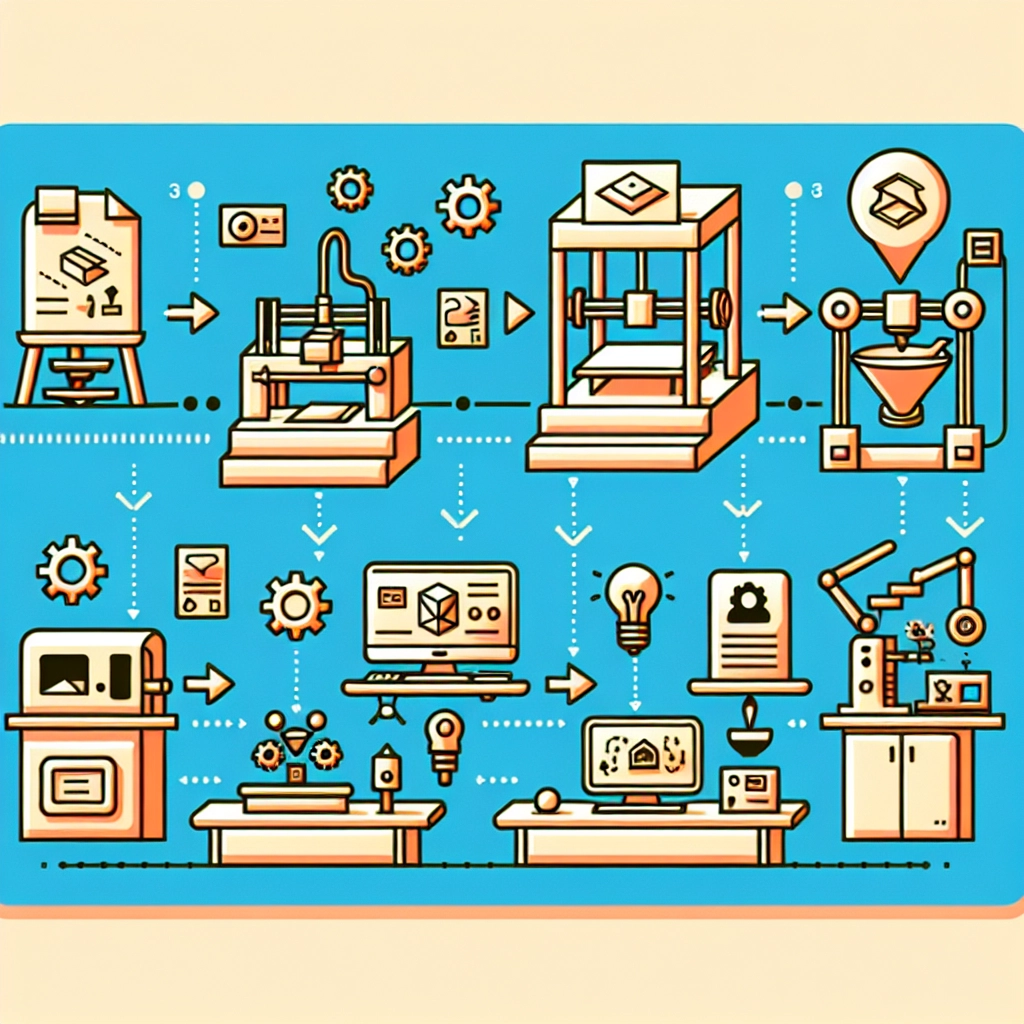How to Turn Your 3D Print Designs into Real Products
Hey there! If you’re reading this, chances are you’ve spent countless hours tinkering with 3D designs, hoping to bring those creations into the real world. Well, you’re in luck! Turning your 3D print designs into tangible products is not only exciting but also a lot more feasible than you might think. Whether you’re looking to launch a side hustle or simply want to create something special for yourself, let’s dive into some practical steps you can take to make your dreams a reality.
1. Perfect Your Design
Before you can print anything, you need to ensure that your design is print-ready. This means:
-
Checking Dimensions: Make sure every component fits together correctly. You don’t want to finish printing and realize that a part is too big or too small.
-
Optimizing for Print: Use slicing software to check for any issues that might arise during printing. This includes looking for overhangs or supports that might be needed when the object is printed.
-
Material Considerations: Think about the material you want to use. Different filaments (like PLA, ABS, or PETG) can alter the look and feel of your final product. Choose wisely based on the intended use of your item.
2. Find the Right 3D Printer
If you don’t already own a printer, you may need to invest in one or look for a local makerspace or print service that can handle your requirements.
-
Home Printing: If you’re going the DIY route, consider what kind of prints you need—large or small, flexible or rigid. Research printers that meet these specs, and remember that investing a bit more can often translate into higher quality prints.
-
Local Print Services: Sometimes, it’s just easier to source a service that handles 3D printing professionally. Websites like Shapeways and Sculpteo allow you to upload your designs, choose your materials, and get them printed and shipped to you.
3. Prototyping and Testing
Once you have a prototype printed, it’s time to test it out. This step is crucial, especially if you’re looking to sell your designs.
-
Test Functionalities: If the object is meant to be functional, make sure it actually works. Use the prototype as intended, and note any issues.
-
Iterate on Your Design: Don’t be afraid to go back to your CAD software and tweak your design. Many successful products are the result of several iterations based on hands-on testing.
4. Branding and Packaging
If you’re looking to sell your product, branding is key! This is where you can get a bit creative.
-
Create a Brand Identity: Think about what makes your product unique. Design a logo, choose color schemes, and maybe even consider a catchy name.
-
Packaging Matters: Great products deserve great packaging. Consider how you would like your product to be presented. Packaging can elevate your product, making it feel more premium and personalized.
5. Set Up an Online Store or Platform
Now that you have a product and a brand, how do you get it into the hands of potential customers?
-
E-commerce Platforms: Sites like Etsy, eBay, or Amazon Handmade are great starting points. They have built-in audiences that can help you reach customers more easily.
-
Your Own Website: Consider setting up a personal website. Platforms like Shopify or WordPress with WooCommerce can help you get started. You’ll have more control over branding and the customer experience.
6. Marketing Your Product
This part can feel a bit daunting, but it’s essential for getting the word out.
-
Social Media: Platforms like Instagram and Pinterest are excellent for showcasing visually appealing designs. Share behind-the-scenes shots of your 3D printing process, finished products, or even customer feedback.
-
Engage with Your Community: Join forums or social media groups related to 3D printing. Not just for selling but also to connect with like-minded individuals who can offer valuable feedback and support.
7. Legal Considerations
Last but not least, familiarize yourself with the legalities of selling products.
-
Intellectual Property: Ensure you own the rights to your design. Familiarize yourself with copyright or patent laws where applicable.
-
Business Permits: Depending on your location, you might need some local permits to sell your creations.
Turning your 3D print designs into real products isn’t just a dream; it can be your reality. With some dedication, you can follow these outlined steps to see your creations come to life and perhaps even make some extra income along the way! Remember, every great inventor started somewhere, and with passion and creativity, who knows where your journey might lead? Happy printing!

